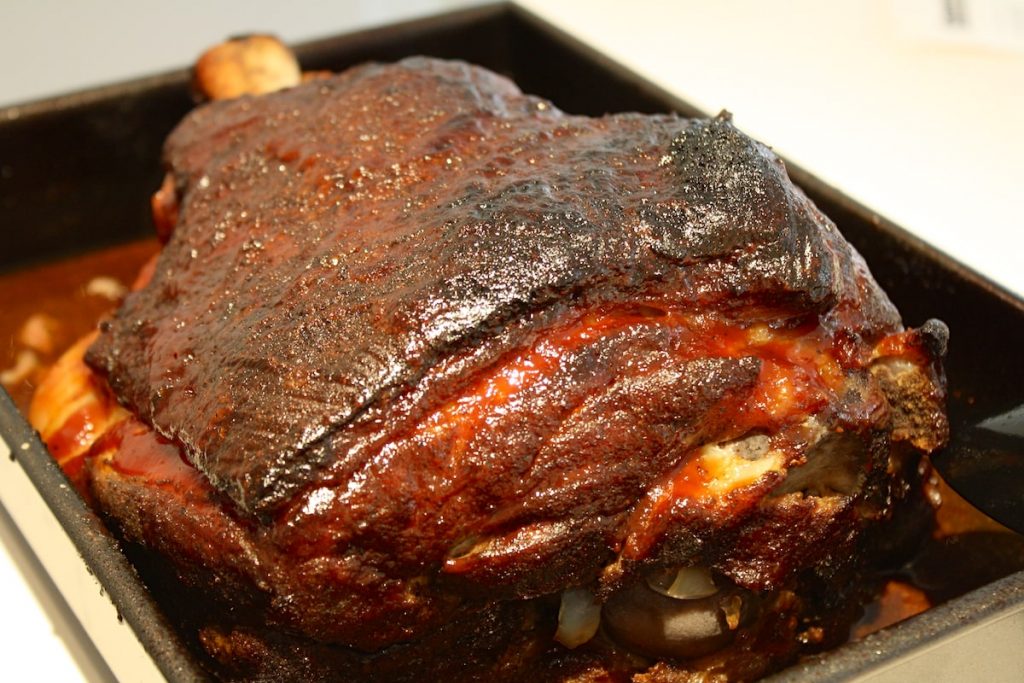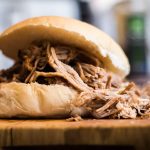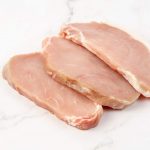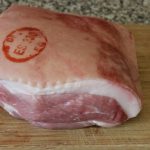You can perfectly cook pork shoulder if you use the proper methods and ingredients.
Although there’s no shortage of recipes available for this popular dish, it’s easy to ruin it if you don’t know what to do when cooking it. The following are a few tips to ensure that you end up with a delicious pork shoulder in the perfect form for your next menu.
So, can you overcook pork shoulder?
Pork shoulder is a delicious cut of meat that’s often cooked for a long time.
However, cooking pork shoulder for too long can destroy its flavor and texture, causing you to throw it out.
Contents
Why is My Smoked Pork Shoulder Tough?
Pork shoulder becomes softer as it cooks, so it should never be overcooked in order to keep its texture intact.
When slow cooked for a few hours, pork shoulder turns from tough to tender and juicy, with a wonderful smoky flavor that lingers in your mouth for a while after every bite.
Marbling (white specks of intramuscular fat in meat) gives the dish its distinct flavor.
The marbling keeps the pork tender and moist as it cooks, while the meat’s natural juices add to the flavor of the dish.
Can You Overcook Pork Shoulder?
In a nutshell, you can ruin a tender and delicious piece of meat by overcooking it.
When pork shoulder or pig butt is cooked for long enough without enough moisture in the pot, it starts to dry out and becomes tough and chewy instead of soft and juicy.
Even if you slather the meat with barbecue sauce and other condiments like bacon bits or brown sugar to add flavor to the dish, the dry pieces of meat are unpalatable.
Should You Cook Pulled Pork in Liquid?
If you’re cooking the pig butt in the oven, make sure it’s covered tightly with a lid so that the heat doesn’t escape.
Put that gorgeous piece of meat right in the center of the oven so the heat is evenly distributed on all sides of the roast.
During the latter stages of smoking, you should also add more water to the wood chips to ensure that the drippings don’t dry up completely.
Why Does Smoked Pork Shoulder Become Tough?
Constantly Opening the Smoker
Even though it is not always practicable, it is a great idea to cook your pulled pork at a consistent temperature for a longer period of time than you’re used to.
The smoke escapes with each opening of a smoker’s lid, so each time you open the lid to add more wood chips, smoke evaporates into the cold air and out of the smoker.
During the Cooking Process, Cut Into the Pork Shoulder.
As tempting as it may seem, wait to cut into the smoked pork until you’ve removed it from the smoker for at least an hour, because if you cut into it before it has had time to cool down a little, the insides will shred as you cut it.
The fluids will leak out if it’s too hot when you cut into it, and your pulled pork will be drier and less flavorful.
And as the liquid drains out, the flavor of the pulled pork will also diminish because the liquid contains a lot of the fat that adds flavor to the dish.
Even though the pork shoulder is cooked, it is best to let it cool down for about 30 minutes before you serve it because the meat will continue to cook on the inside even as it is cooling down on the outside.
Inadequate Smoker Temperature
Another factor that might influence the softness of the pork shoulder is the temperature of the smoker itself.
Because heat causes the moisture in your meat and smoke to evaporate faster, make sure to keep the temperature at a steady 225 degrees Fahrenheit for best results.
Check the temperature inside your smoker to be certain that it is not below 225 degrees, because this can dry the meat out and make it tough and chewy.
Lack of Marinade
The absence of marinade is the other big factor that contributes to dried out pulled pork because marinating meat before cooking helps retain moisture and adds to the flavor of the dish.
Marinating not only adds flavor to your pork shoulder, but it also tenderizes the meat by breaking down the protein in it to make it soft.
How Can You Tell If Your Pork Shoulder Is Overcooked?
When cooking, the muscular fibers in pork shoulder shrink when cooked, which therefore makes the meat more tender.
If the meat is dry and tough, then the muscle fibers have not shrunk sufficiently during the cooking process and have become overcooked.
On the other hand, pork shoulder that has been cooked too long has a tougher texture than pork shoulder that has been cooked just right. This is because when the muscle fibers shrink, they become more fibrous than they were before.
When this occurs, the pork becomes very chewy and very tough to chew because of the fibers in the muscles that remain intact.
To prevent overcooking, use a dependable, digital thermometer to check the internal temperature of the smoked pork every hour or so to make sure it does not rise above 200 degrees Fahrenheit.
Can You Salvage Overcooked Pulled Pork?
You might try to revive the overcooked pulled pork by cutting it into smaller pieces and then re-heating it in a slow cooker for a few hours at low heat.
The meat itself may still be edible but will be less tender and more fibrous than it was before overcooking.
Furthermore, the zingy flavor of the barbecue sauce you added may be lost because the sauce will evaporate more quickly when heated again, and the flavors from the spices used may dissipate too.
When reheating the meat, a splash or two of water will help keep it moist and tender, but avoid adding too much water because this will make the sauce watery too.
If you have any leftover juices after roasting your pulled pork, pour these over the shredded meat after reheating it to add moisture and flavor to the dish.
Also Read: Can You Refreeze Pork Ribs?
Final Words
The good news is that you don’t have to throw out an overcooked piece of pork shoulder because you can still salvage it by using some of the tips in this article.
The meat has to simmer for so long, if you do it right, that the meat will fall off the bone in that tender, juicy way we all love.
But it needs proper seasoning and cooking time to get that delicious flavor. And the pulled pork is so juicy and tender that it has become a staple in our house.
Check out how you can also make this pulled pork sandwich in 30 minutes or less.






